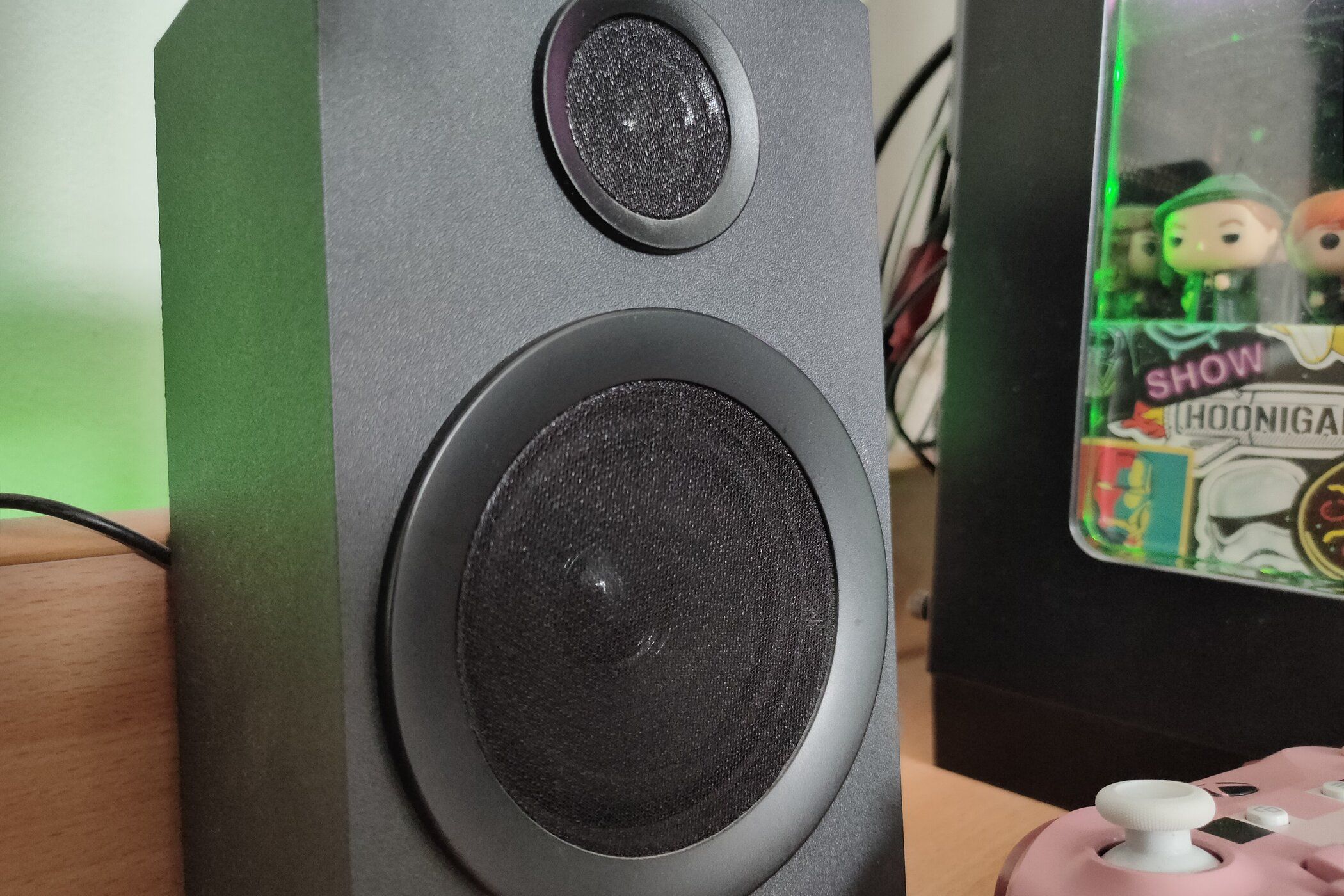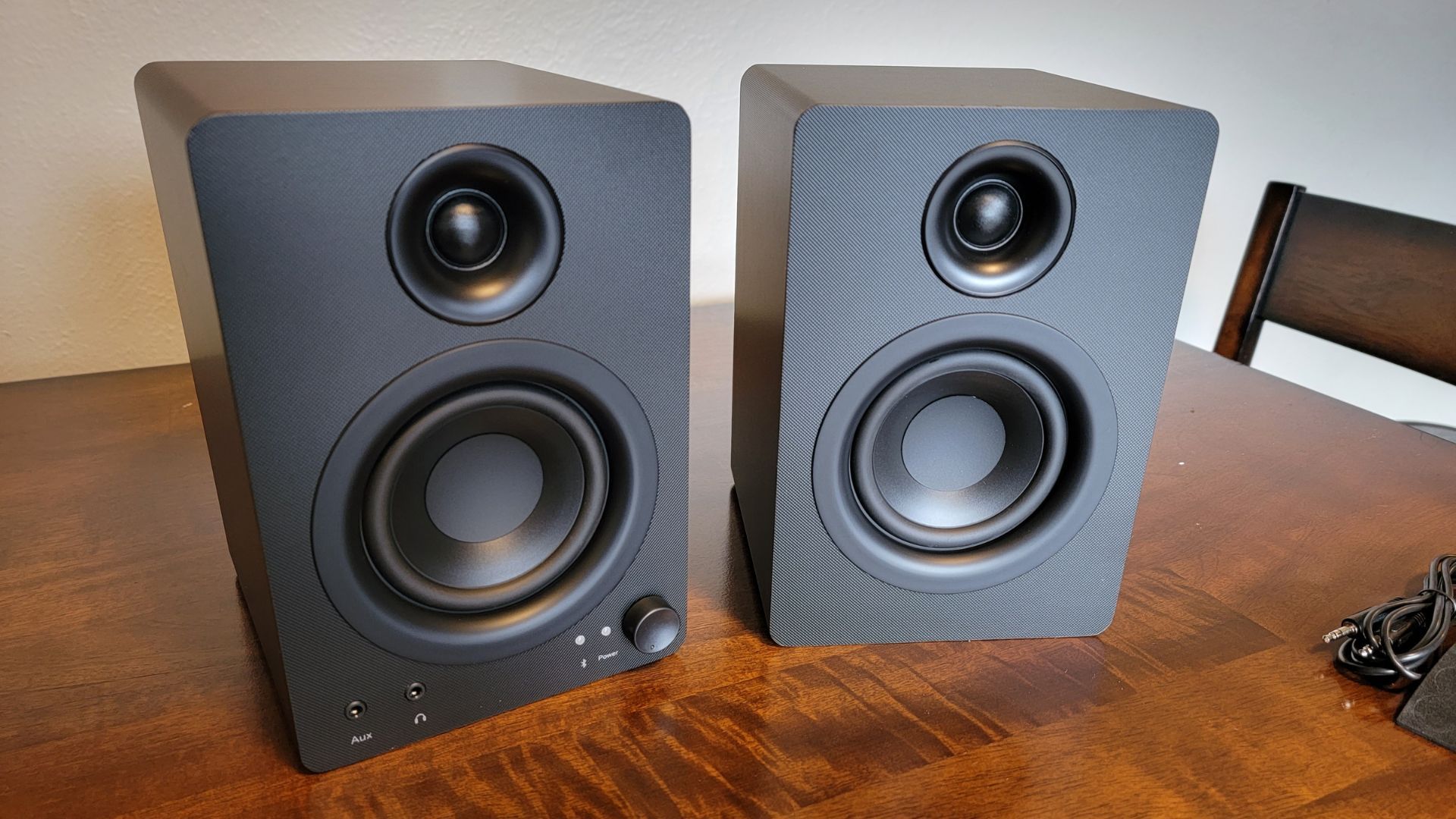If you’re putting together a home theater setup, you’ll want to understand the ins and outs of your equipment. Wattage is an important aspect of speakers, and understanding how it affects your sound will help you perfect your setup.
What Is Wattage?
Wattage is a measurement of power, used to convey energy transfer. In electronics, the more wattage an object can use, the more power it can apply to do its job. Think of the difference between a 10W LED light bulb and a 3500W portable air conditioner. The air conditioner needs more power to do its more intensive job, and the wattage rating on it gives you an idea of how much energy it will be using.
When it comes to audio, wattage refers to the amount of power a speaker can handle. As a general rule, higher wattage speakers are louder than speakers with lower wattage. However, wattage isn’t the only factor that affects volume. Sensitivity matters a lot too in this regard, but generally, more power means more volume.
In essence, if you want a louder home theater setup, you’re going to want speakers that can handle more wattage so they can be adequately loud. Wattage is just one variable to consider when building an audio setup at home, but it’s a very helpful one to understand.
Different Speakers Require Different Amounts of Power
As with any product, each speaker is built differently, performs differently, and requires different amounts of power to do its job. Choosing a speaker will depend heavily on the application you want to use the speaker in, whether it’s for a simple office setup, a TV setup, or a full-on home theater setup. Your first major consideration may be wattage, but you also have to pay attention to the sensitivity of the speaker, which I’ll get into later.
Standard bookshelf speakers will often range from 15W to 50W. For basic indoor audio setups, lower-wattage speakers are perfectly adequate so long as they’re also sensitive. In a home theater setting, most people will be perfectly happy with 100W per channel.
You can go for higher wattage if you want, but you also don’t want to drop a ton of money on a higher-wattage speaker system if the room isn’t that big to begin with and the sound doesn’t need to be incredibly loud.
The standard safe maximum for extended periods of listening is 85dB, which a 100W speaker is more than capable of reaching in a living room or TV room. If, for some reason, you need your speakers to be louder than that, such as in a relatively large room, you may want to go for speakers that can handle more power.
Why Speaker Sensitivity Matters
Sensitivity refers to the decibel level that a speaker can output with one watt of power from a distance of one meter. As such, higher-sensitivity speakers need less power to produce louder volumes. So, in tandem with higher wattage speakers, you’re going to want higher sensitivity if you want to get loud sound from your setup. If your speakers have low sensitivity but still need a lot of power, they might not be loud enough for your liking.
Sensitivity is an important metric for understanding how wattage impacts the volume of the speakers. Doubling the amount of power supplied to a speaker will increase the volume by 3dB. To increase the decibels enough to be perceived as being twice as loud, you’d need to increase the power input by 10 times, since decibels are logarithmic.
When you’re considering how sensitivity and wattage come into play in a real life application, some math is involved. You’re most likely not going to be sitting one meter away from your speaker, so consider how much power will be needed for the volume you want. An important factor here is that doubling distance reduces volume by 6dB. So, if you have a speaker with a sensitivity of 85dB, but you’re sitting 3 meters—about 10 feet—away from the speaker, it will need 50 watts of power to be 85dB at that distance.
How Do You Know if You Need an Additional Amplifier?
When you buy a home theater system, your speakers likely already have an amp built in, and it’s going to come with an A/V receiver to control the entire system, which includes an amplifier. This way, you have control over the whole system and how much you’re powering it. With this A/V receiver already in the question, do you ever need an additional amplifier to power your speakers?
Generally, the answer is no. The A/V receiver that comes with your speakers is generally all you need to power your home theater system, since it’s made for those speakers in the first place. Most of the time, if you buy an additional amp, you’re just spending an unnecessary amount of money on an extra box in your living room that you won’t have that many occasions to even use.
However, if the receiver is powering a lot of speakers and can’t supply enough power to all of them to get the volume you want, you could benefit from an additional amplifier. An amp is also beneficial if you have less sensitive speakers, meaning they need more power supplied to be adequately loud. Just don’t go out and buy an amp before you’ve gotten to know your home theater setup and are sure that you need more power.
When purchasing an amplifier, make sure the power rating is equal to or lower than the wattage of the speaker, otherwise you could do some damage to the speaker and get an unpleasant, distorted sound.
While wattage is an important factor to consider when buying speakers, especially for loud applications like a home theater, it’s only one factor. With sensitivity, physical space, and distance factored in, you can better set up your space to have an immersive and enjoyable audio experience.








